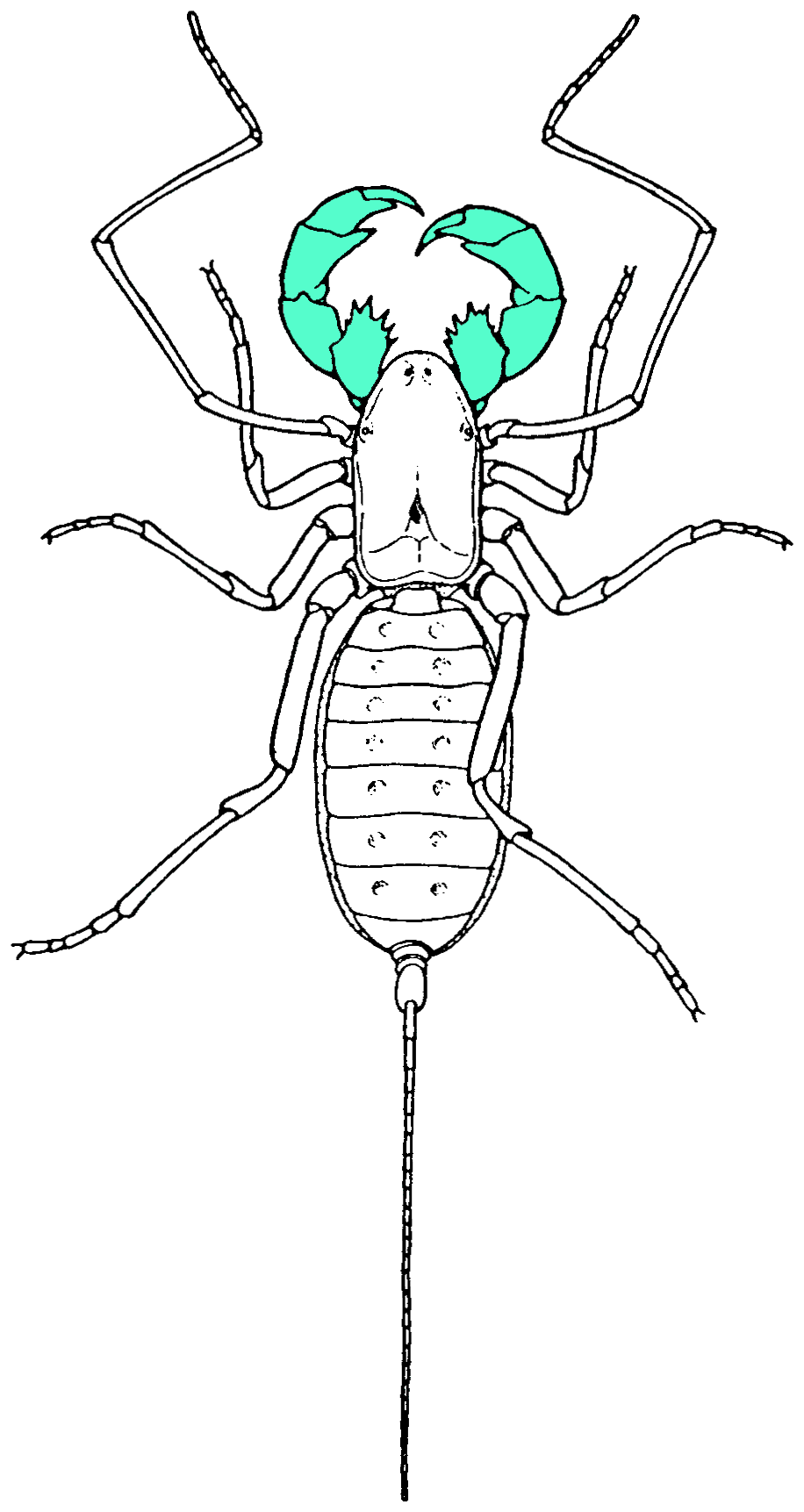|
Chelypus
''Chelypus'' ('clawfoot') is a genus of slow-moving, burrowing sunspiders confined to the deserts and arid regions of Southern Africa. Description Chelypus00.jpg, ''Chelypus'' sp., dorsal view Chelypus macroceras ventral.png, ''Chelypus macroceras'', ventral view They are readily separated from other Solifugae by an absence of claws on the fourth pair of legs. Both ''Chelypus'', and the related genus '' Hexisopus'' spend a large part of their existence underground, and their 2nd, 3rd and particularly 4th pair of legs are shortened and robust, and equipped with rake-like spines for digging. Members of the family Hexisopodidae differ markedly in morphology from those of other Solifugae families – most patently in their fossorial rather than cursorial legs. Such extreme modifications often blur relationships with other taxa, and hexisopodid genealogy is no exception. The main external difference between ''Chelypus'' and ''Hexisopus'' is the presence of well-developed spines o ... [...More Info...] [...Related Items...] OR: [Wikipedia] [Google] [Baidu] |
Species
A species () is often defined as the largest group of organisms in which any two individuals of the appropriate sexes or mating types can produce fertile offspring, typically by sexual reproduction. It is the basic unit of Taxonomy (biology), classification and a taxonomic rank of an organism, as well as a unit of biodiversity. Other ways of defining species include their karyotype, DNA sequence, morphology (biology), morphology, behaviour, or ecological niche. In addition, palaeontologists use the concept of the chronospecies since fossil reproduction cannot be examined. The most recent rigorous estimate for the total number of species of eukaryotes is between 8 and 8.7 million. About 14% of these had been described by 2011. All species (except viruses) are given a binomial nomenclature, two-part name, a "binomen". The first part of a binomen is the name of a genus to which the species belongs. The second part is called the specific name (zoology), specific name or the specific ... [...More Info...] [...Related Items...] OR: [Wikipedia] [Google] [Baidu] |
Carl Friedrich Roewer
Carl Friedrich Roewer (12 October 1881, in Neustrelitz – 17 June 1963) was a German arachnologist. He concentrated on harvestmen, where he described almost a third (2,260) of today's known species, but also almost 700 taxa of spiders and numerous Solifugae. After earning his D.Phil, he was appointed senior assistant to Ernst Haeckel at the Zoological Institute of Jena. Later he was appointed zoologist at the Zoological Museum, Hamburg where he worked with the arachnologist Karl Kraepelin. From 1933 on, he was the second director of the Übersee-Museum in Bremen, Germany. Under his direction the museum intensified its advocacy of scientific racism. The Senckenbergische Naturforschende Gesellschaft bought his extensive collection (including type material from other arachnologists such as L. Koch, Eugène Simon Eugène Louis Simon (; 30 April 1848 – 17 November 1924) was a French naturalist who worked particularly on insects and spiders, but also on birds and ... [...More Info...] [...Related Items...] OR: [Wikipedia] [Google] [Baidu] |
Pedipalp
Pedipalps (commonly shortened to palps or palpi) are the secondary pair of forward appendages among Chelicerata, chelicerates – a group of arthropods including spiders, scorpions, horseshoe crabs, and sea spiders. The pedipalps are lateral to the chelicerae ("jaws") and anterior to the first pair of walking legs. Overview Pedipalps are composed of six segments or articles. From the proximal end (where they are attached to the body) to the distal, they are: the coxa, the Arthropod leg#Trochanter, trochanter, the Arthropod leg#Femur, femur, the short Glossary_of_spider_terms#patella, patella, the Glossary_of_spider_terms#tibia, tibia, and the Arthropod_leg#Tarsus, tarsus. In spiders, the coxae frequently have extensions called Glossary_of_spider_terms#maxilla , maxillae or gnathobases, which function as mouth parts with or without some contribution from the coxae of the anterior arthropod leg, legs. The limbs themselves may be simple tactile organs outwardly resembling the legs ... [...More Info...] [...Related Items...] OR: [Wikipedia] [Google] [Baidu] |
Cursorial
A cursorial organism is one that is adapted specifically to run. An animal can be considered cursorial if it has the ability to run fast (e.g. cheetah) or if it can keep a constant speed for a long distance (high endurance). "Cursorial" is often used to categorize a certain locomotor mode, which is helpful for biologists who examine behaviors of different animals and the way they move in their environment. Cursorial adaptations can be identified by morphological characteristics (e.g. loss of lateral digits as in ungulate species), physiological characteristics, maximum speed, and how often running is used in life. Much debate exists over how to define a cursorial animal specifically. The most accepted definitions include that a cursorial organism could be considered adapted to long-distance running at high speeds or has the ability to accelerate quickly over short distances. Among vertebrates, animals under 1 kg of mass are rarely considered cursorial, and cursorial behaviors ... [...More Info...] [...Related Items...] OR: [Wikipedia] [Google] [Baidu] |



